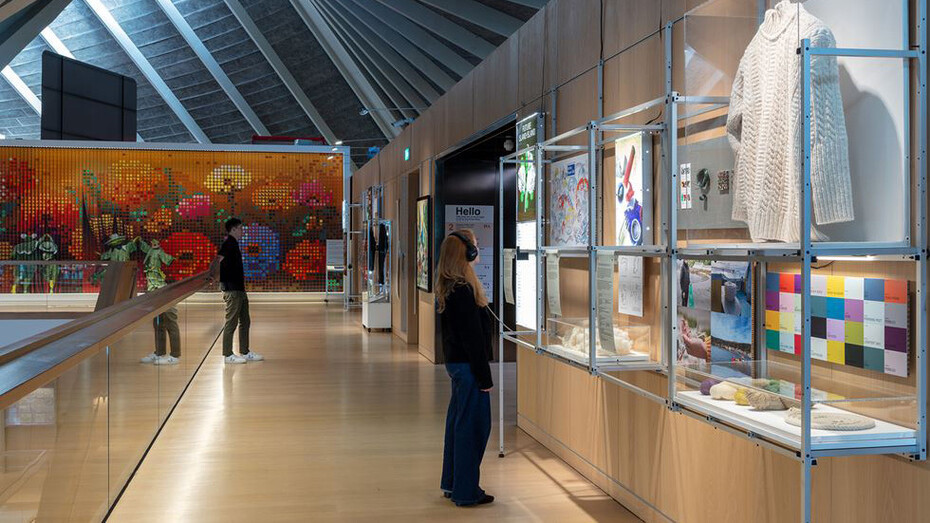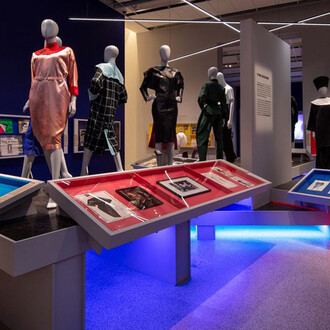In this free display, discover four research projects from across the UK that are driving change in housing, healthcare, local planning and resource management. Together, these projects show how design-led research can be translated into practical tools to transition into a greener future.
What to expect
The green transition is about more than cutting carbon emissions or switching to renewable energy sources. It means making impactful changes to how we build our homes, care for each other, develop our neighbourhoods and manage local resources.
Tools for transition presents four Green Transition Ecosystem research projects from across the UK that demonstrate how design is driving these changes.
Based in Scotland, Rathlin Island (Northern Ireland), Ynys Môn (North Wales), Bristol and Swansea, these projects show how scalable, design-led research can be translated into practical tools for transitioning to a greener future.
Tools for transition is curated by Future Observatory, the Design Museum’s national research programme for the green transition. Future Observatory is coordinated by the Design Museum in partnership with the Arts and Humanities Research Council.
The display is divided into 4 sections:
Design hopes
The display begins in Scotland’s hospitals, exploring ways in which the NHS can reduce its environmental footprint. From circular waste systems to new digital services and toolkits, researchers are designing scalable interventions to transform the UK’s healthcare services.
Future island-island
The second section focuses on Rathlin island and its efforts to safeguard its community’s future. Drawing on local knowledge and expertise, researchers are advancing circular approaches to waste – helping the island build resilience and self-sufficiency.
Transforming homes
The third section takes us into nine council-built houses in Bristol and Swansea – each of which is undergoing a major transformation. Incorporating bio-based materials, harnessing renewable energy and designing more liveable spaces, researchers are testing ways to future-proof our homes and address the UK’s housing crisis.
Public map platform
The display ends in Ynys Môn where the processes for planning and development decisions are being rethought. By engaging with young people and gathering different types of data – environmental, social and cultural – researchers are developing a new kind of map which prioritises the cares and concerns of future generations.
















